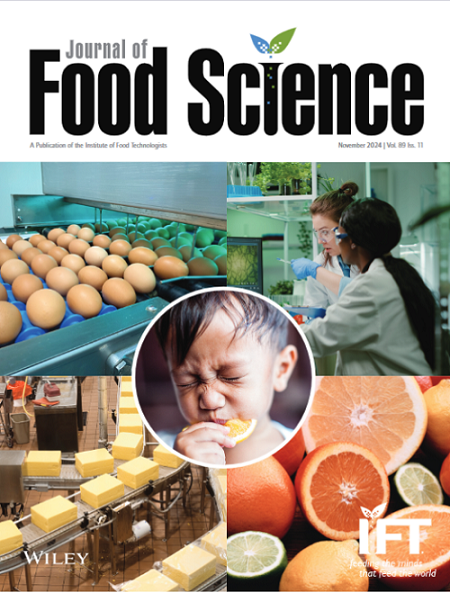Synergistic Enhancement of Corn Insoluble Dietary Fiber via Combined Radiofrequency Heating and Enzymatic Hydrolysis: Fermentability and Short-Chain Fatty Acid (SCFA) Production
Abstract
This study aims to enhance the fermentability and health benefits of corn insoluble dietary fiber (IDF) from corn gluten meal (CGM) using radiofrequency (RF) heating at 27.12 MHz and enzymatic hydrolysis (EH) with α-amylase and protease. The objectives are to characterize the structural modifications of IDF, evaluate the effects of RF heating and EH on gut microbiota composition during in vitro fermentation, and analyze short-chain fatty acid (SCFA) production to determine the fermentability and potential prebiotic effects of treated IDF using fecal microbiota from human donors. A pilot-scale RF heating system (1.5 kW, 27.12 MHz) was applied to IDF for 40, 50, and 60 min with electrode gaps of 3.81, 5.08, and 6.35 cm. Fiber substrates (RF-treated and RF + EH-treated) were anaerobically incubated at 37°C with fecal slurry from three healthy donors. DNA was extracted from fecal samples, and 16S rRNA gene sequencing was performed to analyze microbial diversity and composition. SCFAs (acetate, propionate, butyrate) were quantified using gas chromatography. Microbial analysis revealed that RF + EH treatment enriched propionate-producing bacteria, particularly Prevotellaceae, and significantly improved fermentability, as evidenced by increased SCFA production. After 6 h, treated fiber yielded 48.73 mM total SCFAs, a 68.54% increase over untreated fiber. By 24 h, total SCFA production reached 62.65 mM, a 40.78% increase compared to the control. These findings indicate that RF + EH treatment enhances IDF bioavailability, promoting gut microbiota fermentation and increasing SCFA production, thereby supporting a balanced microbiome.


 求助内容:
求助内容: 应助结果提醒方式:
应助结果提醒方式:


